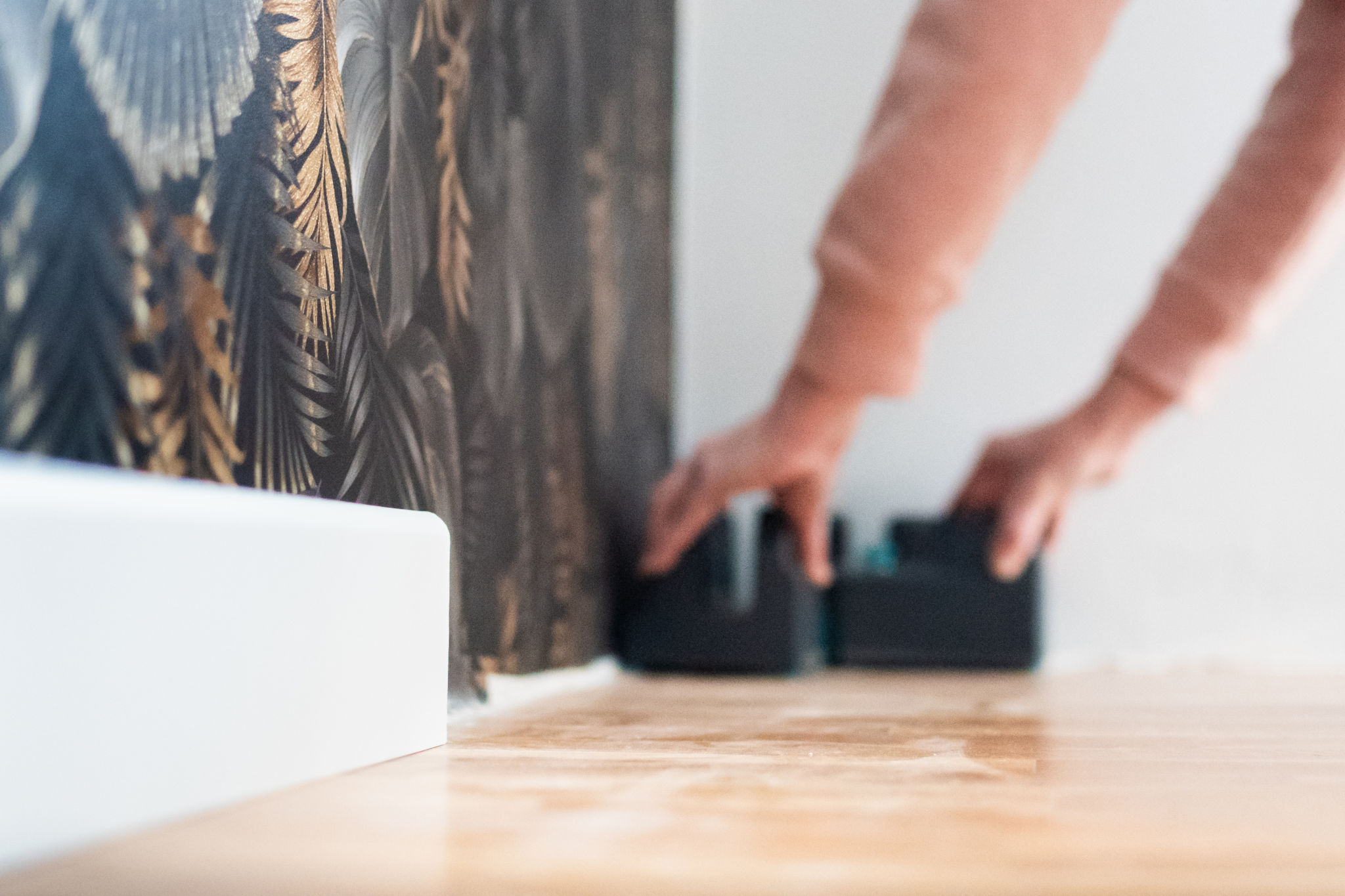5 Common Wallpaper Installation Mistakes and How to Avoid Them
Introduction
Wallpaper installation can transform any room, adding style and personality. However, achieving a flawless finish requires attention to detail and avoiding some common pitfalls. Whether you're a DIY enthusiast or hiring a professional, understanding these mistakes will help ensure success.

Incorrect Surface Preparation
One of the most critical steps in wallpaper installation is preparing the surface. Failing to do so can lead to bubbles, wrinkles, or poor adhesion. Ensure the walls are clean, dry, and smooth before starting. Remove any old wallpaper, fill in holes, and sand down rough patches. A well-prepared surface ensures the wallpaper adheres properly and looks smooth.
Skipping the Primer
Applying a primer before wallpapering is often overlooked but essential. Primer not only helps the wallpaper adhere better but also prevents the wall color from seeping through. Choose a primer suitable for your wall type and the wallpaper you're using.
Incorrect Measurements
Inaccurate measurements can lead to wasted material and mismatched patterns. Always measure your walls carefully and account for pattern repeats when cutting your wallpaper. It's advisable to purchase a little extra to allow for any mistakes or future repairs.

Ignoring Pattern Matching
Pattern matching can be tricky but is crucial for a professional look. If your wallpaper has a pattern, ensure that each strip aligns with the next. Take your time to match patterns at eye level first, as this is where discrepancies are most noticeable.
Using the Wrong Adhesive
Not all wallpapers use the same adhesive, and using the wrong type can result in peeling or inadequate adhesion. Always follow the manufacturer's instructions regarding which adhesive to use. Some wallpapers come pre-pasted, while others require special paste.

Over- or Under-Applying Adhesive
Applying too much adhesive can cause bubbles and wrinkles, while too little can lead to lifting edges. Use a roller or brush to distribute the adhesive evenly, ensuring full coverage without excess.
Poor Seaming Technique
Proper seaming is essential for a seamless look. Overlapping seams can create visible lines and disrupt patterns. Instead, butt the edges of each strip closely together without overlapping. Use a seam roller to press down the seams gently.
Not Smoothing Out Bubbles
Bubbles can form during installation if air gets trapped under the wallpaper. Use a smoothing brush or tool to press out bubbles working from the center outwards. For stubborn bubbles, a small pinhole can release trapped air.
Conclusion
Avoiding these common wallpaper installation mistakes will help ensure your project goes smoothly and looks professional. By preparing properly, measuring accurately, choosing the right materials, and taking your time with installation, you can achieve stunning results that transform any space.
